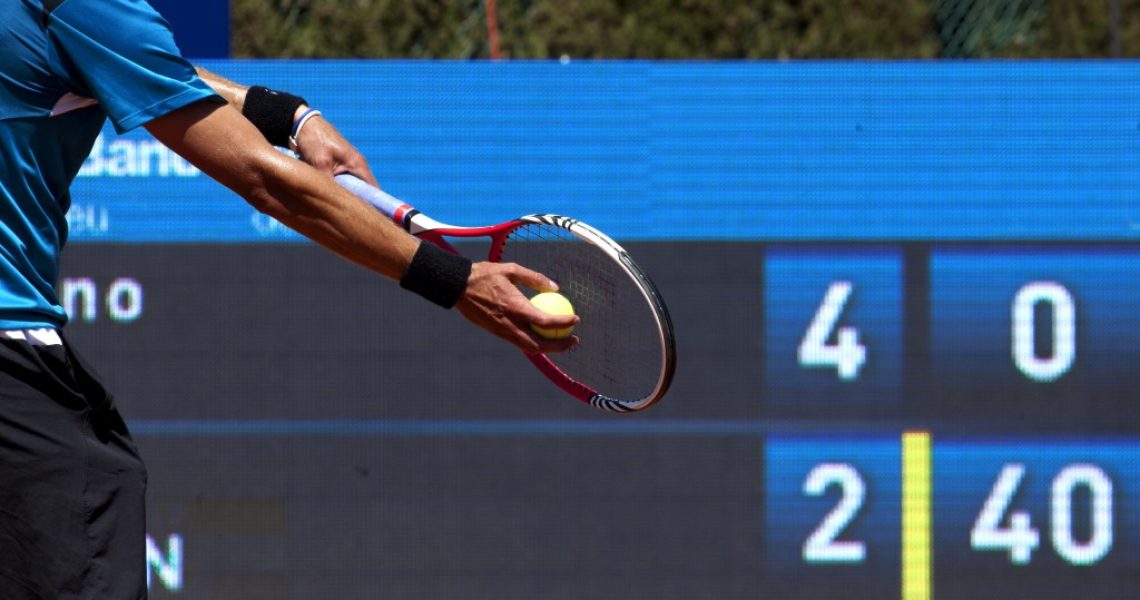Pete Sampras, Andre Agassi, Jim Courier, and Lleyton Hewitt could have been your contemporaries. But life had a different plan for you. A knee injury brought about by a freak accident while you were working at home ended your dreams of slugging it out with these guys. You became a businessman instead. You’re now one of the pickleball contractors in Utah. Somehow, it’s still close to tennis. But you haven’t caught up with the latest developments in the sport, although you still catch the games from significant tournaments on TV.
Your son is now three years old, and you’re wondering if he could live the life you weren’t able to live. He’s very active and quite a handful. He likes watching tennis matches with you. Your mind drifts away towards this fantasy. What would it take today to become a professional tennis player? Could one make a real living out of being a pro-tennis player if you’re not ranked in the top 25?
You’re probably not alone wondering about these questions. Here are a few things you need to know.
The Economics of Tennis
Roger Federer’s career prize money earnings are somewhere within the vicinity of $124 million. When the chances of winning big go down, the more likely you will sink lower in the rankings. But many would-be tennis players ignore these odds and would still gamble on becoming a tennis player, rather than pursue a more economically stable profession, like being a doctor or a businessman. Studies have likened the decisions of tennis players to continue with their careers to how people make bets.
Starting the Journey

Your son is three years old, so you are wondering just at the right moment. Here are a few more things you should take note of:
- Starting them young. Experts say that there is no precise best age by which children should start learning tennis. But the physical and physiological aspects of children have bearings on physical activities. At age four, some children already have fully developed psycho-motor skills. But a more mature and acceptable age to start practicing would be five or six years old. You still have a year before you can let your son play with a tennis racket.
- Middle of the road. As kids reach their adolescence, their physical attributes change. Their endurance level also increases, which prepares them for competing in high school tournaments or junior level tournaments. Physical conditioning at this stage and moving forward is crucial to success as a professional tennis player. Cardio-vascular endurance training, as well as weight training, should be integral parts of exercise routines.
- Schooling. Tennis players go to schools also — a tennis school. Enrolling in tennis programs will be crucial to a kid’s development as a player. These programs will be the doorway to competitive tennis.
- Tennis is life. Rafael Nadal and Roger Federer don’t have 39 grand slam titles between them because they were practicing every other day or just when they want to. Aspiring players must be on the court every day to be good. Follow a fixed schedule and work the hours.
Your kid will have to be extremely special and talented to land in the same winning bracket as Nadal, Federer, and Djokovic. But those ranked under 100 can still earn decent money. Even a 92nd ranked player in the world can earn a career prize money of just over $2 million in 15 years. Given this, who wouldn’t want to gamble on tennis for a career?

